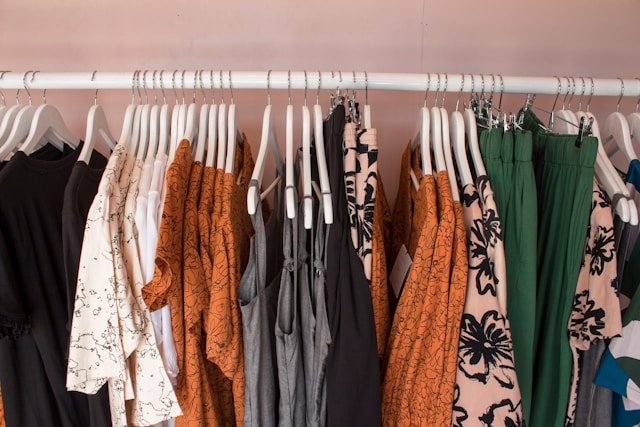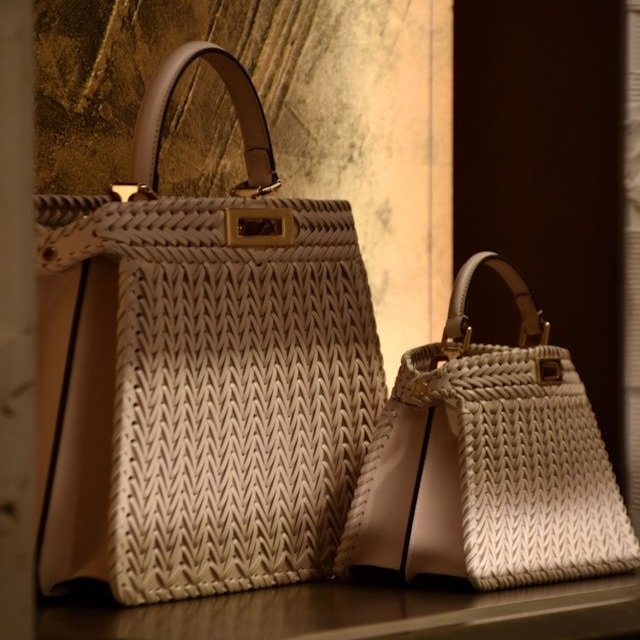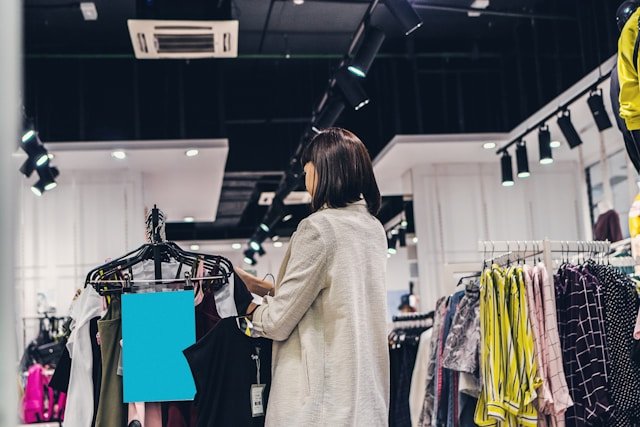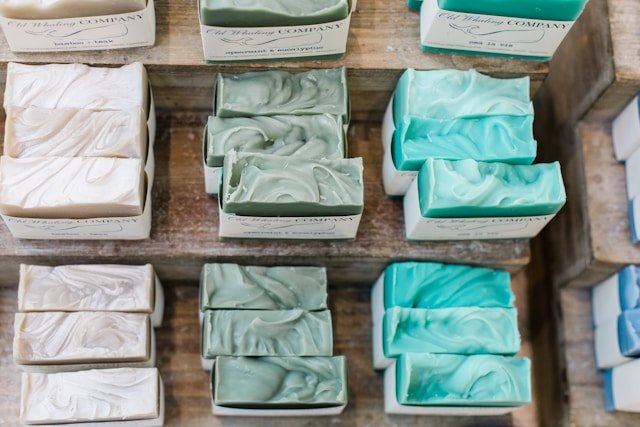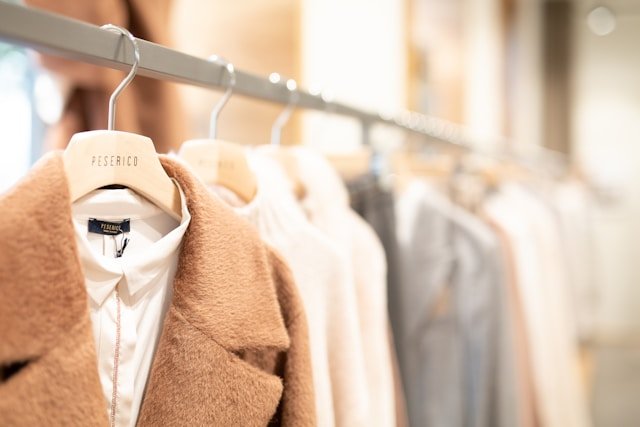The Importance of Visual Merchandising
Retail stores are more than just places to purchase products. They are spaces where customers are drawn in, captivated, and ultimately convinced to make a purchase. One of the most critical aspects of creating an enticing retail environment is visual merchandising. This practice not only improves the overall appearance of a store but also creates a good impression of a brand, acting as a silent yet powerful salesperson.
Narrative: The Store Becomes the Story
Effective visual merchandising transforms a store into a narrative space. When customers walk into a well-merchandised store, they are not just seeing products; they are stepping into a story. This narrative can be about a lifestyle, a season, a trend, or even a specific brand ethos. By carefully curating displays that tell a story, retailers can engage customers on an emotional level, making the shopping experience memorable and impactful. For example, a beach-themed display in a clothing store can evoke feelings of relaxation and adventure, encouraging customers to purchase items that fit this narrative.
An Enticing Way to Attract Customers
Visual merchandising is an excellent way of converting walk-by customers into walk-in customers and walk-in customers into shoppers. Eye-catching window displays, attractive lighting, and strategic product placements are all tools used to draw attention and entice people to step inside. Once inside, the visual journey continues, guiding customers through the store and subtly suggesting purchases. Seasonal themes, interactive displays, and well-placed signage all contribute to creating an inviting atmosphere that encourages exploration and, ultimately, sales.
Design Principles Impact Shopper Psychology
The design principles behind visual merchandising significantly impact shopper psychology, driving traffic and sales. Elements such as colour, lighting, space, and layout are meticulously planned to create a certain ambiance and influence customer behaviour. Warm colours can create a sense of urgency, while cool colours may encourage relaxation and prolonged browsing. Strategic lighting can highlight key products, making them more appealing. The layout of the store, including the flow of aisles and the placement of displays, can guide customers naturally through the space, increasing the likelihood of impulse buys.
Blending Artistry and Data Science
Visual merchandising blends artistry and data science to create effective retail environments. While creativity and aesthetics are crucial, understanding customer behaviour through data analysis is equally important. Retailers use sales data, customer feedback, and shopping patterns to design displays that not only look good but also perform well. This fusion of art and science ensures that visual merchandising strategies are both beautiful and effective, leading to increased customer satisfaction and higher sales.
Influencing Buyer Decisions
Visual merchandising also involves using neuromarketing techniques to influence buyers’ decisions by appealing to their unconscious minds. This involves strategic product placement, where profitable items are kept at eye level to catch the customer’s attention. The use of specific colours and lighting can set the mood and influence emotions, making customers more likely to make a purchase. Fragrance can enhance the shopping experience by creating a pleasant environment, while music can subtly influence the pace at which customers shop and their overall mood.
Meeting Sales Goals
Visual merchandising is the salesperson that persuades the customer to purchase intended products subconsciously. Marketers achieve this by strategically placing profitable items in noticeable and tempting locations. For instance, placing seasonal products or high-margin items at the entrance can attract immediate attention and drive impulse buys. Sale items positioned at the back of the store encourage customers to walk through the entire space, increasing the chances of additional purchases along the way.
Creating a Memorable Brand Experience
Visual merchandising aims to make the store stand out and find a place in the customers’ minds. This is done by using visual cues, positioning, and aesthetics to create an environment that customers will remember. Innovative displays, unique product arrangements, and cohesive themes can make customers stop and look, and sometimes even take photos or spread the word organically. A store that offers a visually engaging experience not only attracts customers but also fosters brand loyalty and encourages repeat visits.
Overall, visual merchandising is a vital component of retail strategy that significantly enhances the overall appearance of a store and creates a lasting impression of the brand. By telling a compelling story, attracting and guiding customers, influencing their decisions, and meeting sales goals, visual merchandising transforms the retail space into a dynamic and effective sales tool. As retail continues to evolve, the importance of visual merchandising in creating memorable and engaging shopping experiences cannot be overstated. If you feel stuck with your store’s visual merchandising, NOLA Designs would love to help you! Learn more about NOLA Designs and our approach to retail design.




